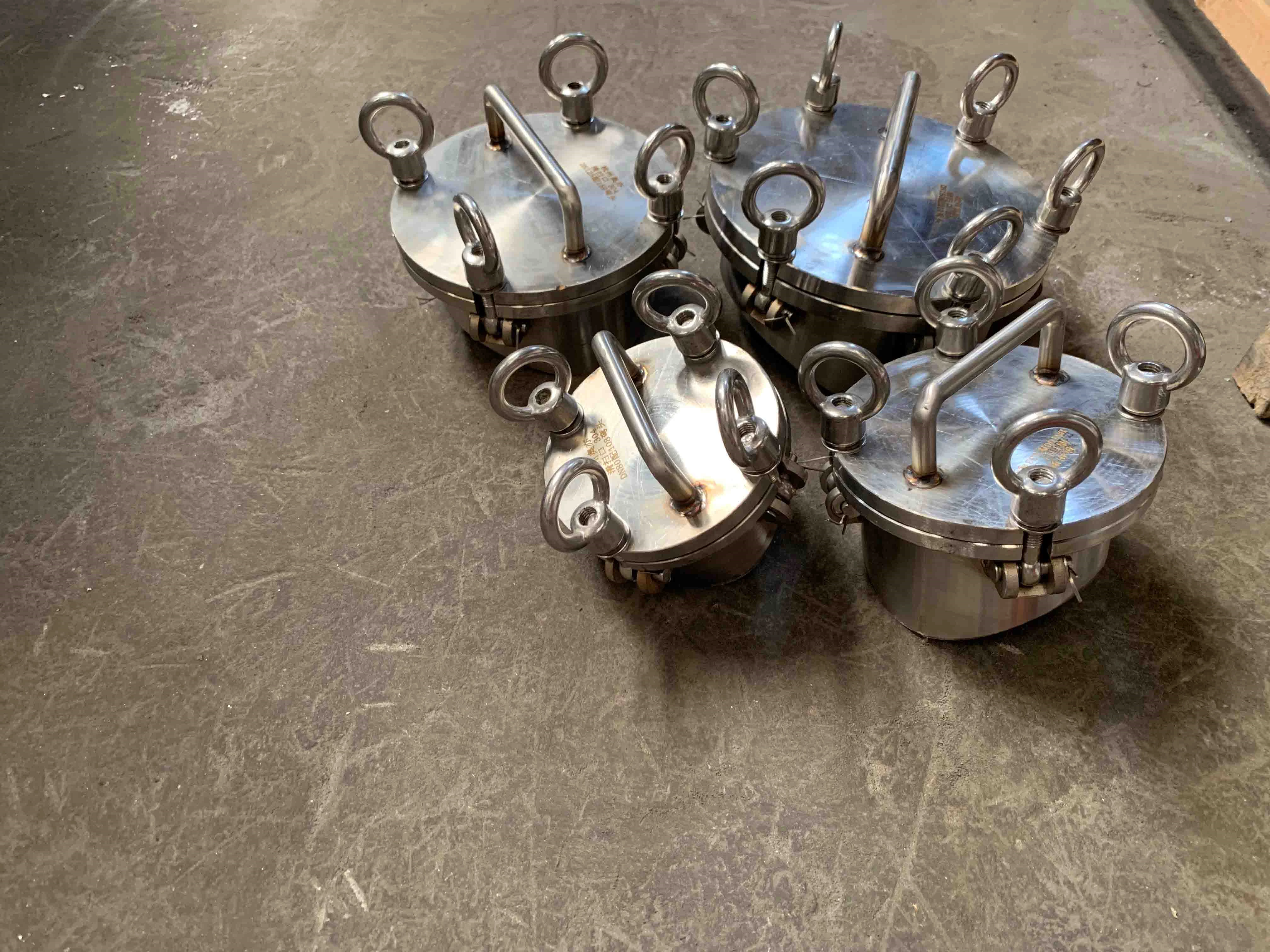The Role Of Stainless Steel Butt-welded Pipe Elbows In Pipelines Carrying Corrosive Media
For pipelines that transport corrosive media, the heat affected zone of the weld will be thinned as the production cycle increases. The drainage stainless steel butt-welded elbow adopts a relatively complex trumpet-shaped structure, which is suitable for pipelines with large fluctuations in pressure or temperature or high-temperature, high-pressure and low-temperature pipelines. Stainless steel pipe fittings originated in the 1980s and are a new product.
After more than 20 years of development and exploration, it has now taken shape. Butt-welded elbows are a type of stainless steel pipe fittings, mainly made of stainless steel materials. With the development of the economy, the scope of application of stainless steel pipe fittings is becoming wider and wider. The analysis of the corrosion resistance of the passivation layer on the surface of stainless steel, combined with the production process and equipment application, the stainless steel clamps produced not only meet the needs of daily life, but also fill the domestic gap. Driven by the rapid development of my country's economy, all walks of life have achieved quite good development. The competition in the stainless steel pipe fittings market is also increasing.
As a downstream industry of food, processing and packaging industries. The impact of stainless steel pipe fittings is also increasing. Such a flange idea. The manufacturing method of stainless steel butt welding elbows leads to weld leakage. The reason for the occurrence of pores and slag inclusions is that the oil, rust, moisture and other debris in the groove and the vicinity before welding are not cleaned up, and the skin is not removed during the welding process. In addition, during the welding operation, the welding speed is too fast and the welding current is too small, which accelerates the cooling speed of the weld.
Stainless Steel Weld Elbow Processing method: mark the pipe where it is to be processed and punch through the marked part. Install a ejection device on the pipe, which includes a metal rod, a pusher, a commutator, a bracket, etc.; heat the metal rod, and when the jack and the metal rod are used to eject it outward, the pipe wall material naturally turns outward to form a blank; then a pipe section of a certain length corresponding to the standard is welded to the blank formed by ejection to produce the product. Most gaskets are cut from non-metal plates or manufactured by professional factories according to specified standards.
